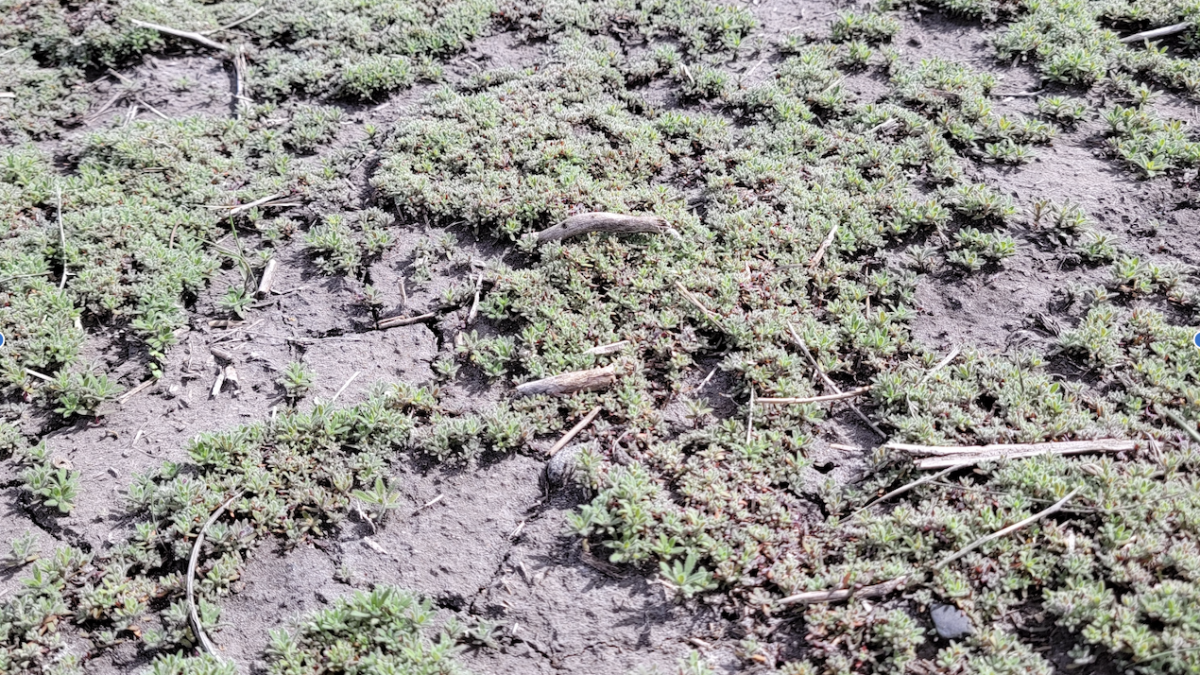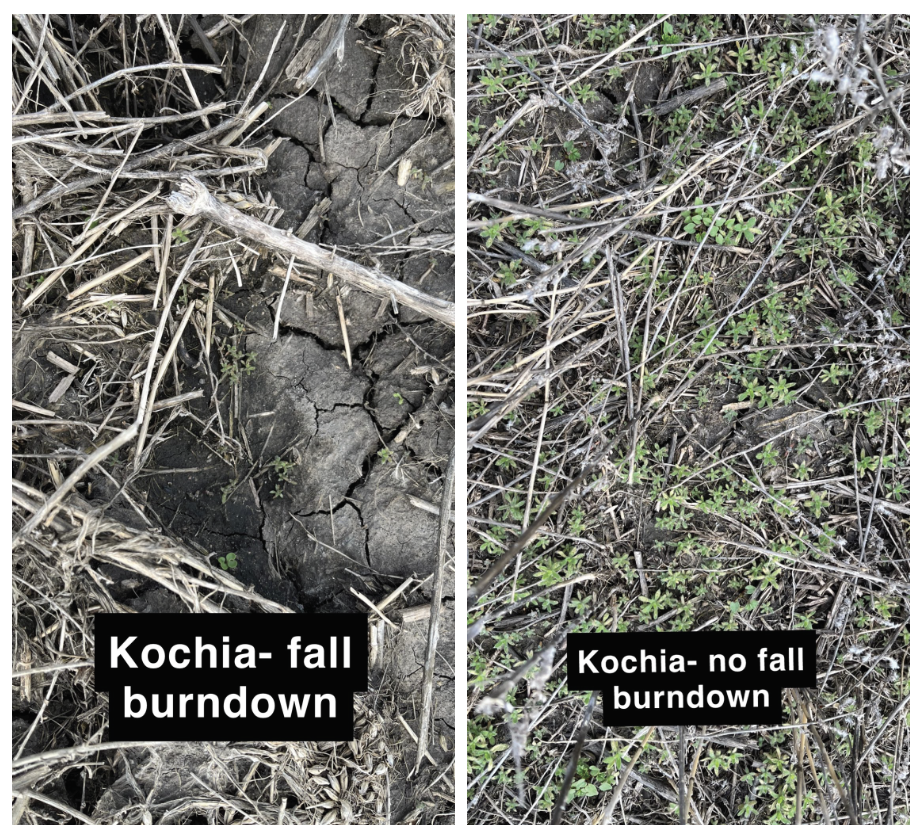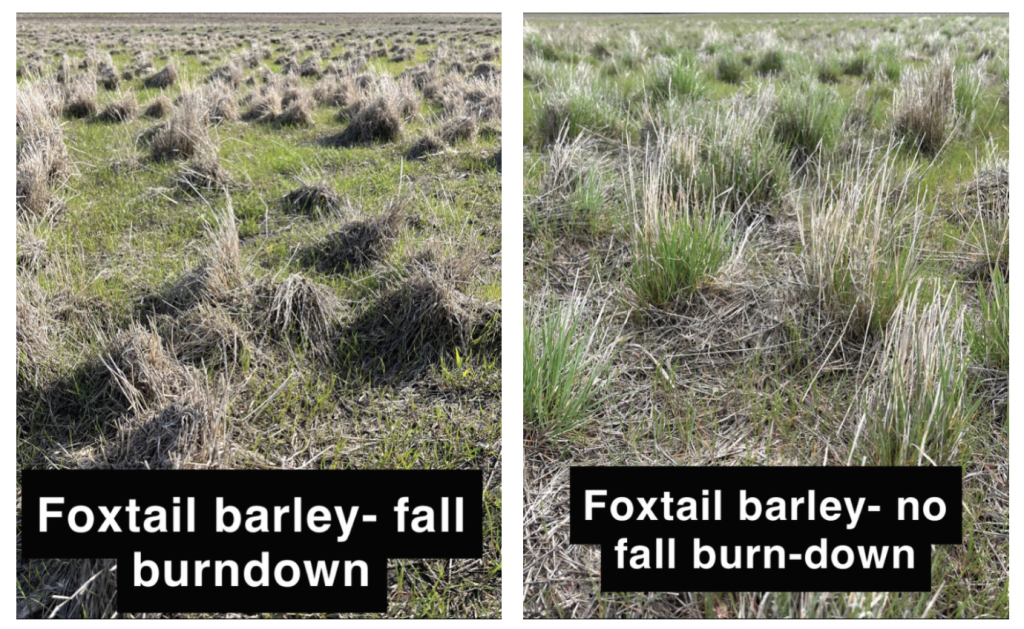Fall Weeds: Burnin’ it Down!

Regardless of what you’re using for weed control, a fall burndown is never a bad idea. Fall burndown helps clear out those late-season weeds, catch winter annuals, and suppress early season flushes.
This spring was a shining example of what can go wrong when we skip a burndown. In many places, fields were too wet for a spring pass, and definitely too wet to plant. Pretty soon, everywhere we looked, weed issues were developing – especially those fields lacking a fall burndown. By the time we were able to get into the field, we were rushing to get crop in the ground and didn’t take the time to spray. When we finally got around to spraying, the weeds were large and much harder to control. Was that the case for everyone? No. But it was for a majority. Even now, in the beans and corn, we can see weeds standing tall – a reminder of the wet spring and a caution sign for the spring to come.
Just because the weeds are getting cut down with the crop shouldn’t mean out of sight, out of mind. Most of the weeds had plenty of time to get to seed, and that seed will be there again this spring. While you’re in the combine, make note of the worst fields and prioritize them on your burndown plan.

Fall burndown can mean the difference between a mat of weeds and a few stragglers. Which would you rather deal with? Credit: Jason Hanson, Rock and Roll Agronomy, LLC.
A good fall burndown will kill weeds and include an effective residual that will suppress problem weeds like marestail, kochia, and waterhemp come spring.
When considering residuals, be sure to target your problem species. In my neck of the woods, products like Valor (flumioxazin) are popular for their strong residual and control of the worst offenders. BUT – Valor has no activity on emerged weeds, just excellent control of emerging weeds in the spring. Pair a strong residual with effective mixed burndowns like 2,4-D and Dicamba for good fall control that will carry into the spring.

Highly competitive grasses like foxtail barley can also be kept in check with an effective burndown. Credit: Jason Hanson, Rock and Roll Agronomy, LLC.
For more information on fall burndown products, check out pages 6-8 of the North Dakota Weed Control Guide. ND Weed Control Guide.pdf (ndsu.edu)



